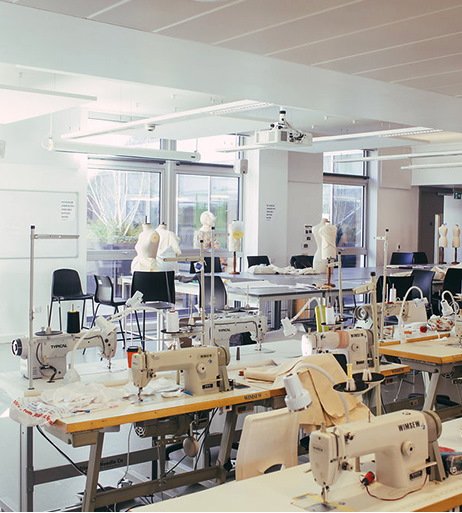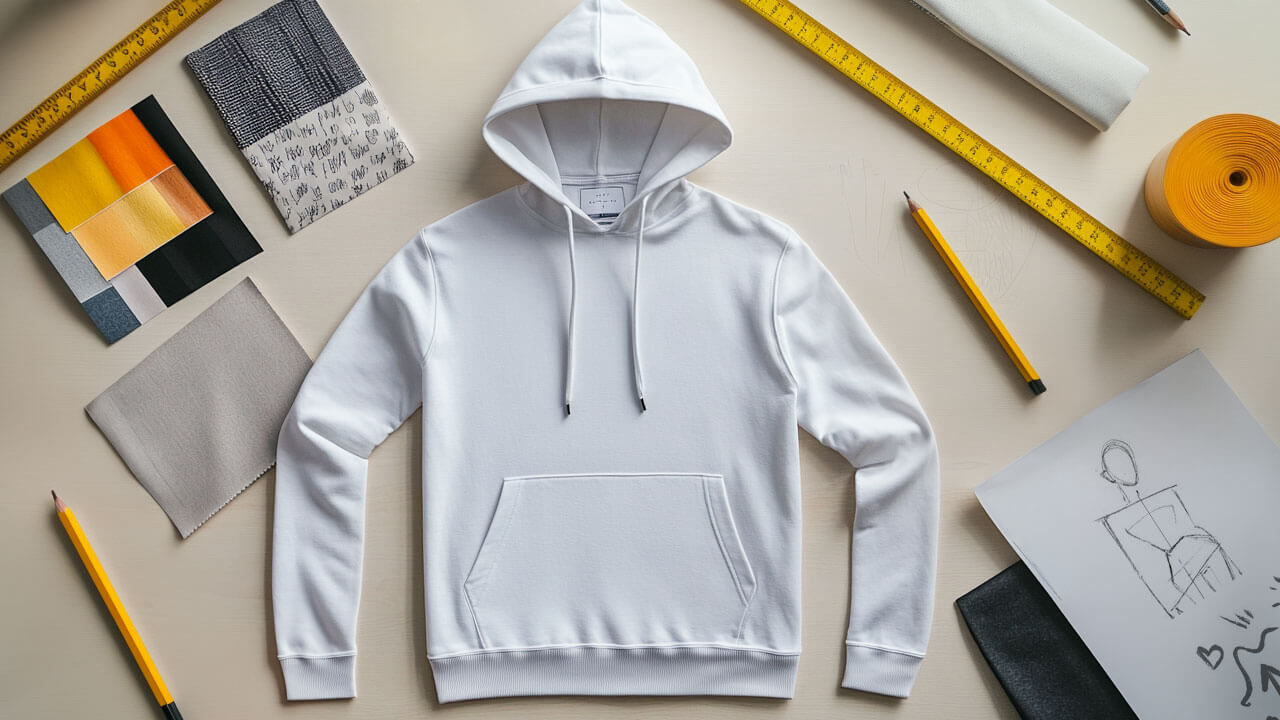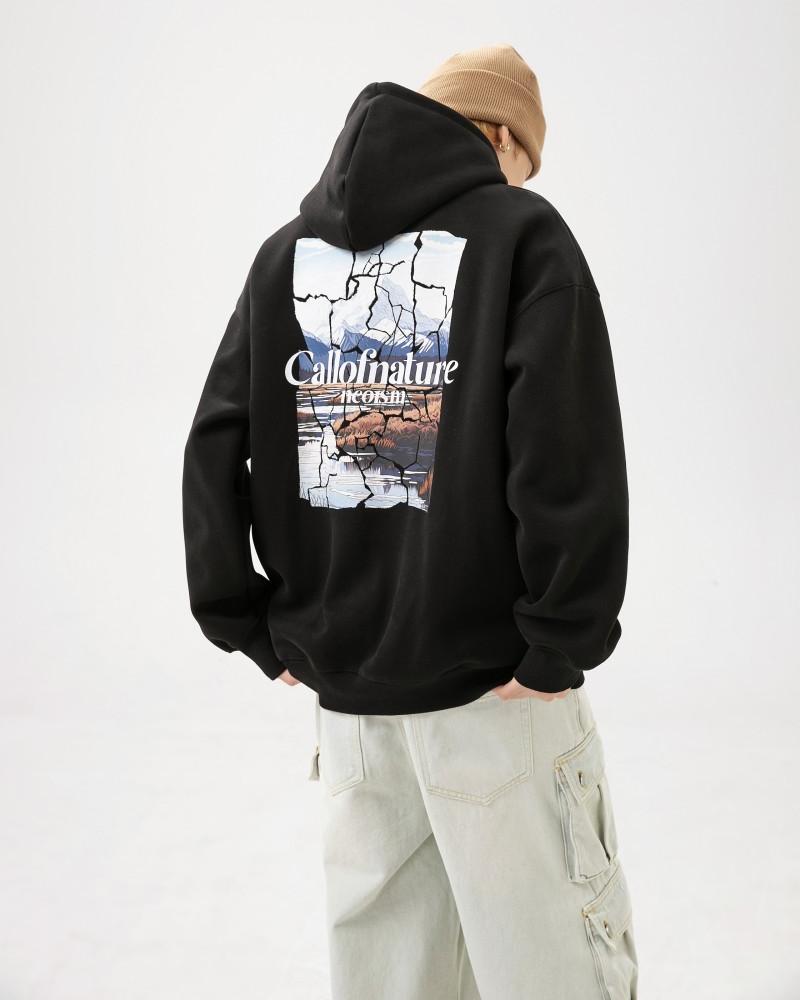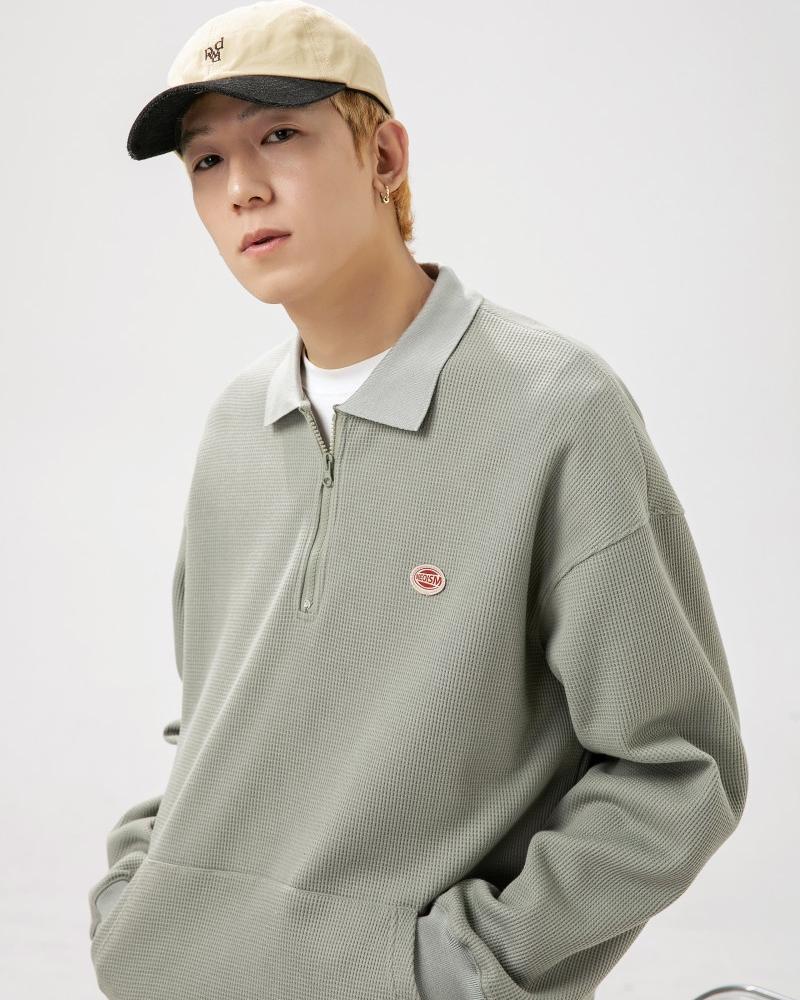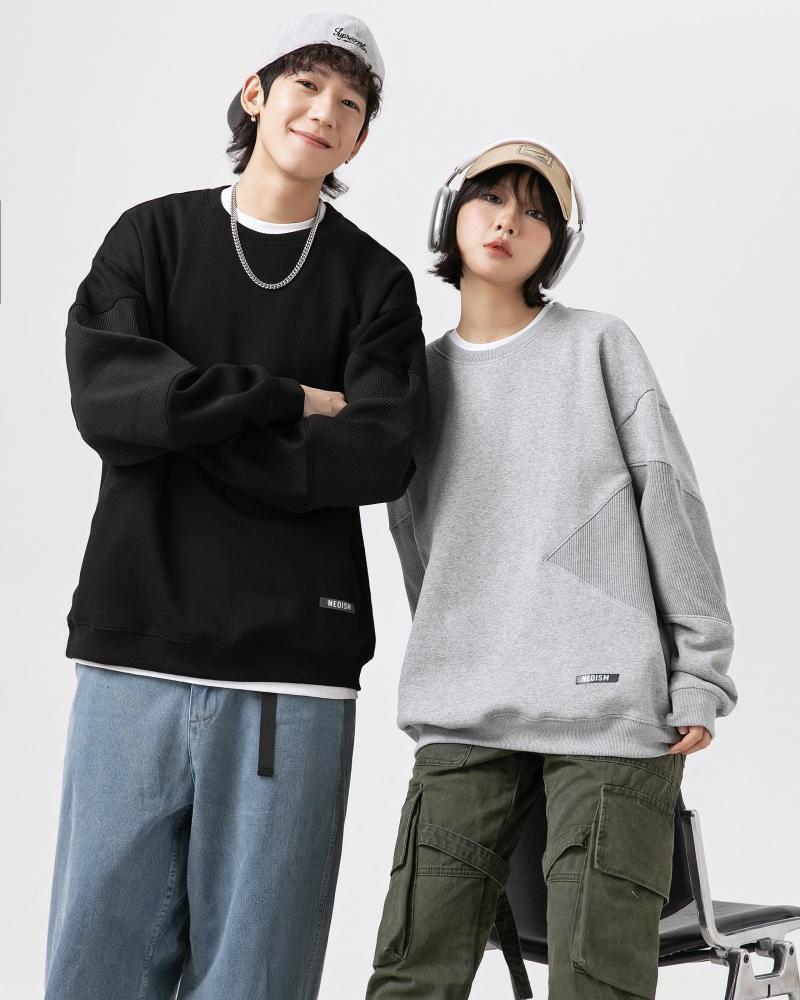-
No. 28, Zhanqian 1st Street, Liuhua Subdistrict, Yuexiu District, Guangzhou City
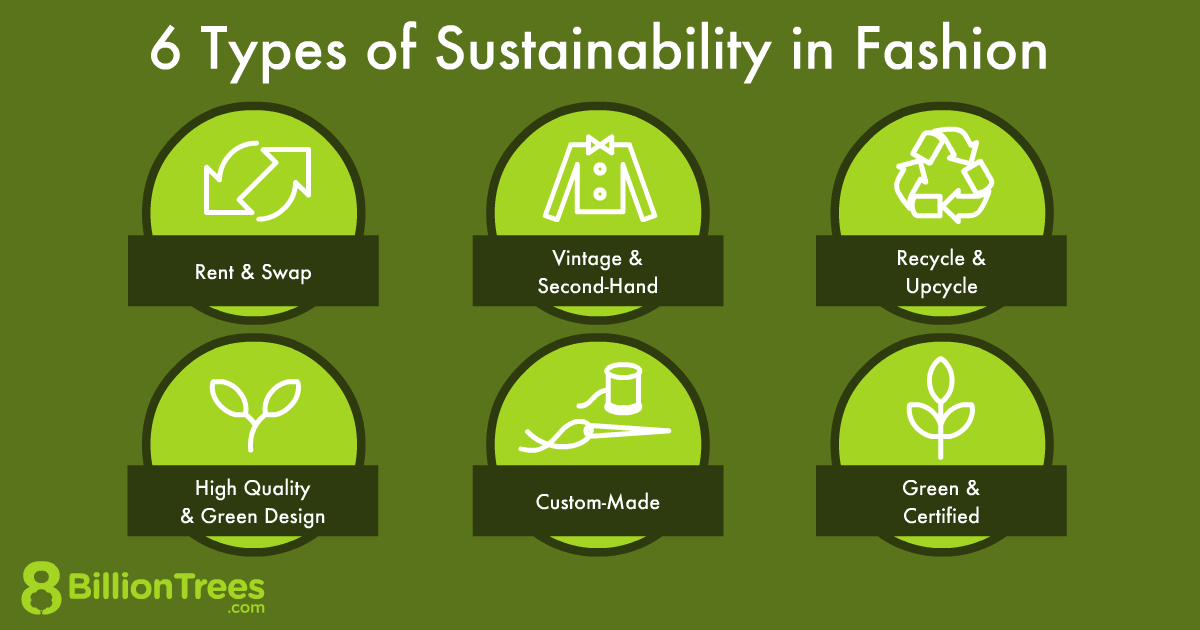
10 Strategies to Build a Truly Eco-Friendly Clothing Brand
Table of Contents
Abstract
As the global climate crisis becomes increasingly severe, the fashion industry, as the world’s second largest polluting industry, is facing unprecedented transformation pressure. This article systematically analyzes the 10 core strategies for building a truly sustainable clothing brand, from material revolution, circular design, transparent supply chain to carbon neutral logistics, consumer education and other key dimensions, combined with the practical cases of leading brands such as Patagonia and Stella McCartney, to provide entrepreneurs with feasible solutions. Unlike superficial “greenwashing”, these strategies will help your brand find a balance between environmental responsibility and business success, and win the loyalty of a new generation of environmentally conscious consumers.
1. Material Revolution: Redefining the DNA of Clothing
Argument: Traditional textile materials account for 70% of the industry’s carbon emissions, and material innovation is the first threshold for sustainable transformation.
Argument:
- Organic cotton: GOTS-certified organic cotton fields promote biodiversity and reduce greenhouse gas emissions by 46% compared to traditional planting (Textile Exchange report)
- Recycled fiber: Each ton of recycled polyester fiber reduces energy consumption by 32%, and the recycled nylon series of Italian brand C.P. Company achieves 100% recycling of fishing nets
- Breakthrough material: Bolt Threads’ mycelium leather Mylo reduces carbon emissions by 90% compared to animal leather, and has been adopted by brands such as Lululemon
Case: Adidas x Parley series of sports shoes converts 3,000 tons of marine plastics each year, proving the commercial value of recycled materials
2. Circular design: System thinking from linear to closed loop
Argument: 80% of environmental impacts are determined at the design stage (Ellen MacArthur Foundation), and circular design is the key to solving fashion waste.
Argument:
- Modular design: Dutch brand MUD Jeans offers a lifetime warranty, and each component can be replaced individually
- Biodegradability: Pangaia’s algae-based T-shirts can be completely degraded within 12 weeks and return to the natural cycle
- Digital sample: 3D design technology reduces material waste by 85% in sample production (Browzwear data)
Innovative practice: Eileen Fisher’s “Renew” plan recycles old clothes and transforms them into new series, achieving a true closed loop
3. Transparent supply chain: Rebuilding trust with technology
Argument: 67% of consumers are willing to pay a premium for fully transparent brands (Label Insight research), and supply chain visualization has become the new standard
Argument:
- Blockchain traceability: British brand Christopher Raeburn uses blockchain to record the entire process of each item from recycling to finished garments
- Real-time monitoring: Vietnamese factories use IoT sensors to monitor water and electricity consumption and emission data in real time
- Worker empowerment: Indian Fairtrade certified factories allow workers to hold shares through a cooperative model, reducing turnover by 40%
Industry benchmark: Stella McCartney is the first to publish a list of all suppliers and environmental impact assessment reports
4. Clean production: Reshaping the manufacturing process
Argument: Textile dyeing and finishing contributes 20% of industrial water pollution, and technological innovation is changing this situation.
Argument:
- Waterless dyeing: DyeCoo’s CO₂ dyeing technology saves 100% water and is widely adopted by Nike
- Biological enzyme treatment: Evrnu’s enzymatic technology allows cotton fibers to be recycled more than 5 times
- Renewable energy: The Jeanologia factory in Spain uses 100% solar energy, and laser technology replaces traditional water washing
Data support: The use of clean technology can reduce production costs by 35% (McKinsey analysis)
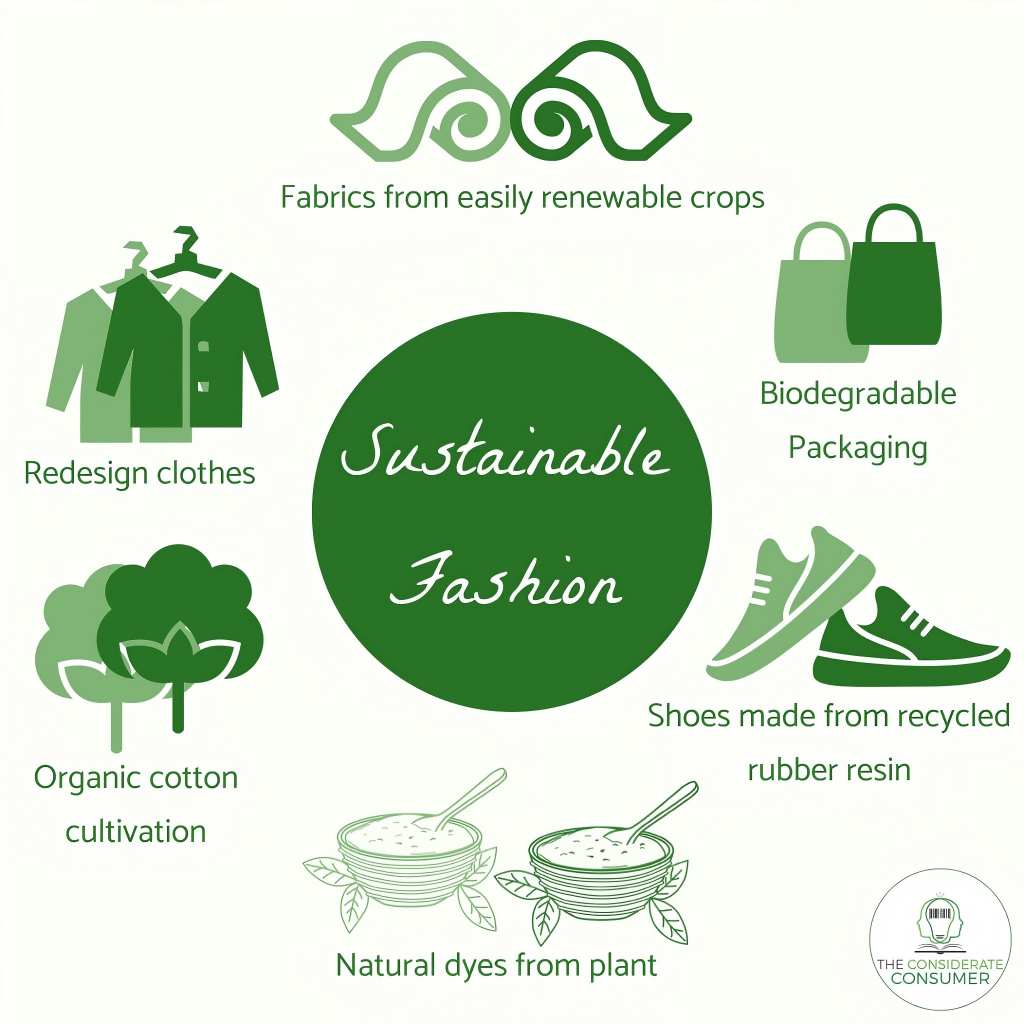
5. Carbon neutral logistics: the last mile of the green supply chain
Argument: Logistics accounts for 15% of the carbon footprint of the fashion industry and is a key link that is often overlooked.
Argument:
- Shipping optimization: Reformation optimizes container loading rates through algorithms, reducing voyages by 30%
- Electric delivery: British brand Rapanui uses electric trucks to complete last-mile delivery
- Packaging revolution: Notpla’s seaweed-based packaging degrades naturally in 4-6 weeks, replacing plastic parcels
Innovative solutions: DHL’s GoGreen service helps calculate and offset carbon emissions per order
6. Consumer engagement: Cultivate sustainable consumption habits
Argument: 52% of consumers need guidance to make environmentally friendly choices (IBM research), and education is the responsibility of brands
Argument:
- Carbon label: Allbirds marks the carbon footprint of each pair of shoes to promote industry transparency
- Care Guide: Levi’s launches the “less washing jeans” campaign to reduce water consumption by 28%
- Recycling incentive: H&M’s old clothes recycling program has collected 180,000 tons of textiles
Behavioral insights: Brands that provide repair services have a 65% increase in customer retention (WRAP data)
7. Policy compliance: Seize the regulatory dividend
Argument: The EU will enforce the digital passport for textiles from 2025, and those who comply will gain a first-mover advantage.
Argument:
- EPR Regulation: France has legislated to require brands to bear the cost of clothing recycling
- Green Tax: Sweden imposes environmental taxes on clothing containing “permanent chemicals” such as PFAS
- Carbon Trading: China’s carbon market includes the textile industry in its control, and quota trading becomes a new cost item
Response Strategy: Conducting LCA (Life Cycle Assessment) in advance can reduce compliance costs by 30%
8. Business Model Innovation: From Ownership to Usage Rights
Argument: The clothing rental market will reach $2.3 billion in 2029 (Grand View forecast), and new business models are emerging.
Argument:
- Membership rental: Rent the Runway’s subscription model increases the usage rate of single clothes by 20 times
- Resale platform: Vestiaire Collective certifies second-hand luxury goods, with an annual growth of 40%
- Customized service: Unmade’s on-demand production system achieves zero inventory and reduces waste by 35%
Data verification: The profit margin of the circular business model is 5-10 percentage points higher than the traditional model (Accenture analysis)
9. Industry collaboration: The power of collective action
Argument: The impact of a single brand is limited, and the alliance can accelerate system change.
Argument:
- SAC Alliance: Higg Index has become an industry standard, covering 1/3 of global clothing production
- Material Bank: Fashion for Good brings together 200+ innovative materials for brands to choose
- Knowledge Sharing: Open Apparel Registry opens global factory data to promote transparency
Successful Case: Zara’s parent company Inditex joins forces with competitors to establish a textile recycling alliance
10. Brand Narrative: Sincere Communication Creates Value
Argument: 94% of consumers trust brands that display sustainable development details more (Sprout Social research).
Argument:
- Process transparency: Patagonia’s documentary shows the real situation of each link in the supply chain
- Defect disclosure: Reformation proactively discloses environmental indicators that have not been met and improvement plans
- User co-creation: Veja invites consumers to visit Brazilian organic cotton farms to build trust
Communication innovation: Use AR technology to let consumers scan tags to view the product’s full life cycle story
FAQS
1. What is sustainable fashion?
Sustainable fashion refers to clothing designed, produced, and distributed with minimal environmental and social harm, using eco-friendly materials, ethical labor, and circular business models.
2. Why does sustainable fashion cost more?
Higher costs come from ethical wages, certified eco-materials (like organic cotton), and cleaner production methods. However, long-term durability often makes it cost-effective.
3. How can I verify a brand’s sustainability claims?
Look for certifications like GOTS (organic textiles), GRS (recycled materials), or Fair Trade, and check if brands disclose supply chains or carbon footprints.
4. What are the most sustainable fabrics?
Top choices include organic cotton, recycled polyester, Tencel (from wood pulp), and innovative materials like mushroom leather (Mylo).
5. How can fashion brands reduce carbon emissions?
Strategies include using renewable energy, switching to sea freight, adopting waterless dyeing, and offering carbon-neutral shipping.
Summary: The future of sustainable fashion
True sustainable transformation requires a triple revolution of technological innovation, business model reshaping and consumer behavior change. From breakthroughs in material laboratories to changes in factory workshops, from optimization of logistics networks to innovation in retail experience, each link contains the intersection of commercial value and social value. Those companies that integrate sustainable development into their brand DNA rather than just as a marketing gimmick will gain lasting competitiveness in a new era of stricter regulation and consumer awakening. This change is not only about the survival of the company, but also our common responsibility for the future of the earth – is your brand ready to be part of the solution?




